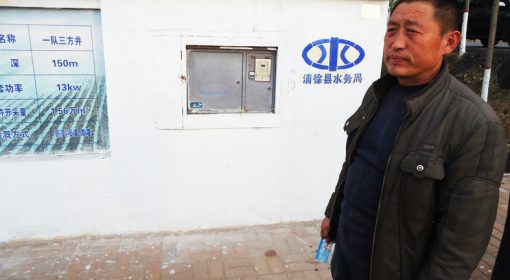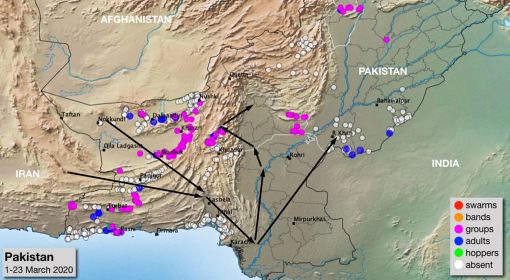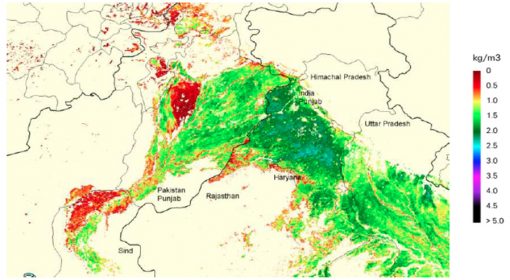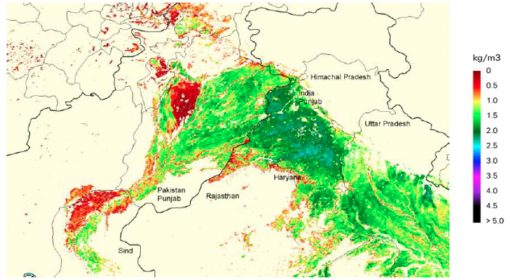By Frank van Steenbergen and Letty Fajardo Vera
May 22, 2020
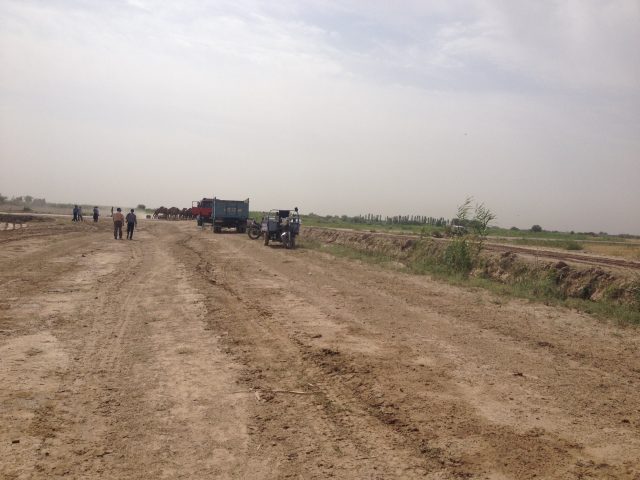
Irrigation should bring wealth, not poverty. But in Turkmenistan it brings poverty and hardship. However, this is not necessary and can be changed.
Turkmenistan is one of the most reclusive countries. With it comes an autocratic leader and a regime where there is little room for discussion, as it forecloses opportunities to do things better and make life more amenable.
In Turkmenistan, irrigation is a life line as little grows without it in the Central Asia Desert. There is a long history of using water from the Amu Daya river, but until 70 years ago this was limited. Yet in Soviet times the lifeline expanded to a virtual blood system of irrigation canals – producing predominantly wheat and cotton. The central artery is the Karakum Canal, one of the world’s largest, serving one million hectares.
The production system also more or less dates from the Soviet times. What used to be state farms are now local peasant associations (daikhan berrleshik). Beyond the surface, little has changed. Farmers are lease-holders, but are told by the daikhan what to grow. Depending on the season, this is either wheat or cotton. Farmers have to reach a production quota for each crop and have to sell their crop against a fixed price. Not meeting the quota imposes a heavy fine on farmers – in the order of 80 USD per ton not produced, plus one may lose the lease on the land. The fixed price they receive for the crop is low. Basic inputs are expensive and sometimes hard to get. This leaves very little room to earn income and is a reason that farming in the canal areas in Turkmenistan is sometimes equated with serfdom. It has translated into widespread rural poverty in main breadbasket areas such as Mary – where most people do not have the income to purchase meat, eggs or other items, outside of the restricted government food shops.
Moreover, the farm work is very hard, especially during the cotton harvest – with tremendous heat, high humidity and clouds of mosquitos. The hard labour in cotton picking befalls largely on women. In addition, forced labour by public sector staff – such as teachers and underemployed factory workers – is recruited. All this brings inordinate hardship and exploitation, one reason that cotton from Turkmenistan – which is of excellent quality otherwise – is now boycotted by several brands.
Yet there is a way around this through better water management. If each daikhan would have its own water allocation, it could manage its each own allocated quantum of water judiciously. It could adjust irrigation schedules and water duties and do more precise and appropriate irrigation. It would then no longer overuse water on the allocated land. Experience from elsewhere shows that reducing overirrigation is the best and fastest way to increase production. The signs of such poor irrigation management are everywhere to see in Turkmenistan’s irrigation system, in the form of land that is waterlogged and salinized. In many canal areas the root zone is heavily saturated, making it difficult for plants to grow. White salt crusts form on the surface, as the water in the rootzone evaporates in the inclement weather to the surface, leaving the salts in the water behind at the surface. Apart from signs of waterlogging throughout the irrigation system, there are entire areas that have turned into white salty marsh or ‘dead’ land, such as Dashoguz, because of the seepage from excessive and inconsiderate irrigation.
In recent years the Government of Turkmenistan has opened up, by experimenting with farmer-led Water Users Associations, among other ways. There is a strong case to change the way water is managed in the irrigation system of Turkmenistan by giving farmers more control over how the water supplied to each daikhan is used efficiently. This would free up water that could be used on the existing irrigated land or an adjacent land. In most areas there is much land available.
With the water that is saved vegetables could be grown that have an eager market in the growing cities of the country. There is a provision for farmers to grow vegetables on 30% of their land. This makes a lot of sense as it is a key money spinner, and very much necessary because the production quota of wheat and cotton leaves farmers with very little cash income. Moreover, domestic production of vegetables has ready markets and reduces the need of importing the perishables from neighbouring countries. At present Turkmenistan is still importing most of its greens and losing income on this. This need not be the case. At the same time, the quota systems should be relaxed, and the prices offered to farmers improved, so as to reflect the real value of the crops rather than the complexities of the management system.
